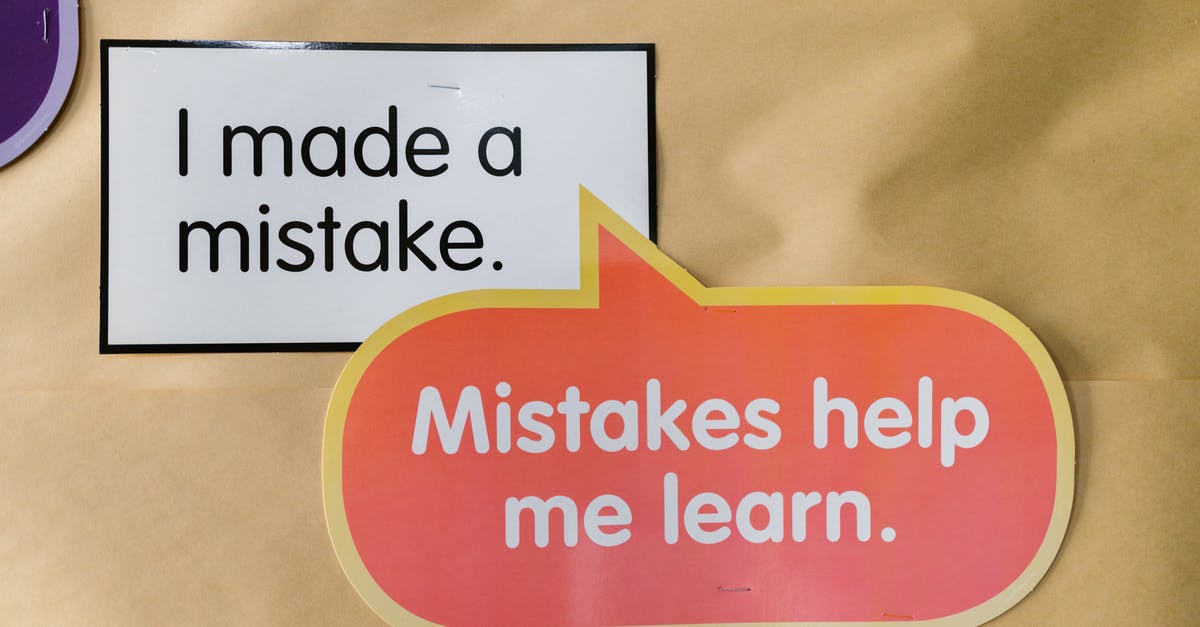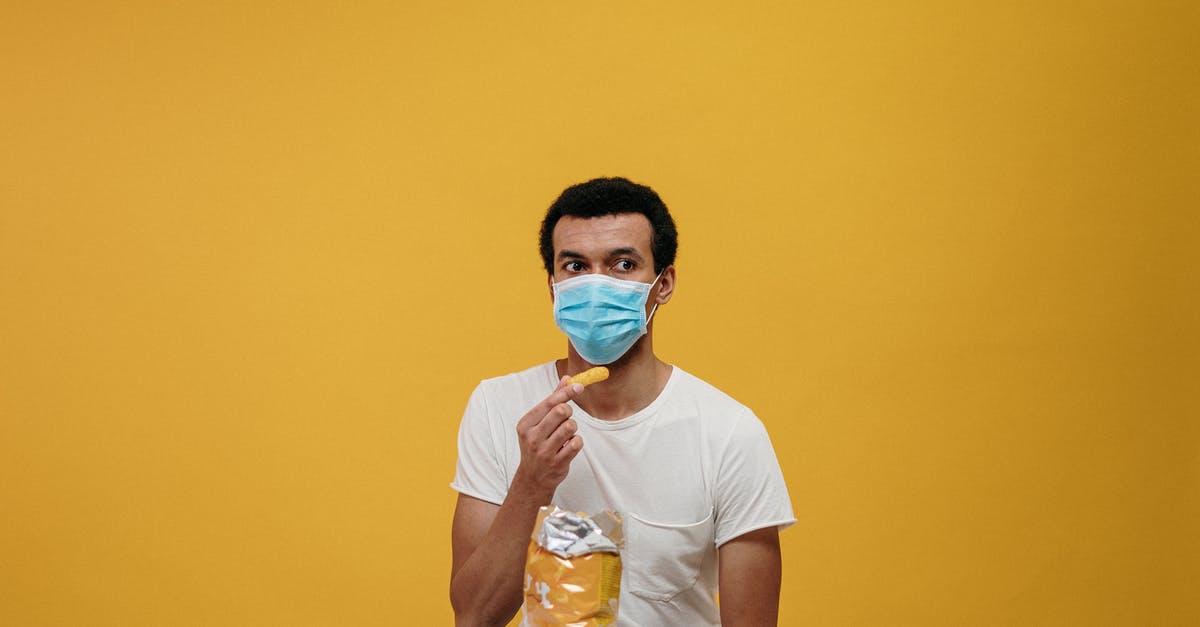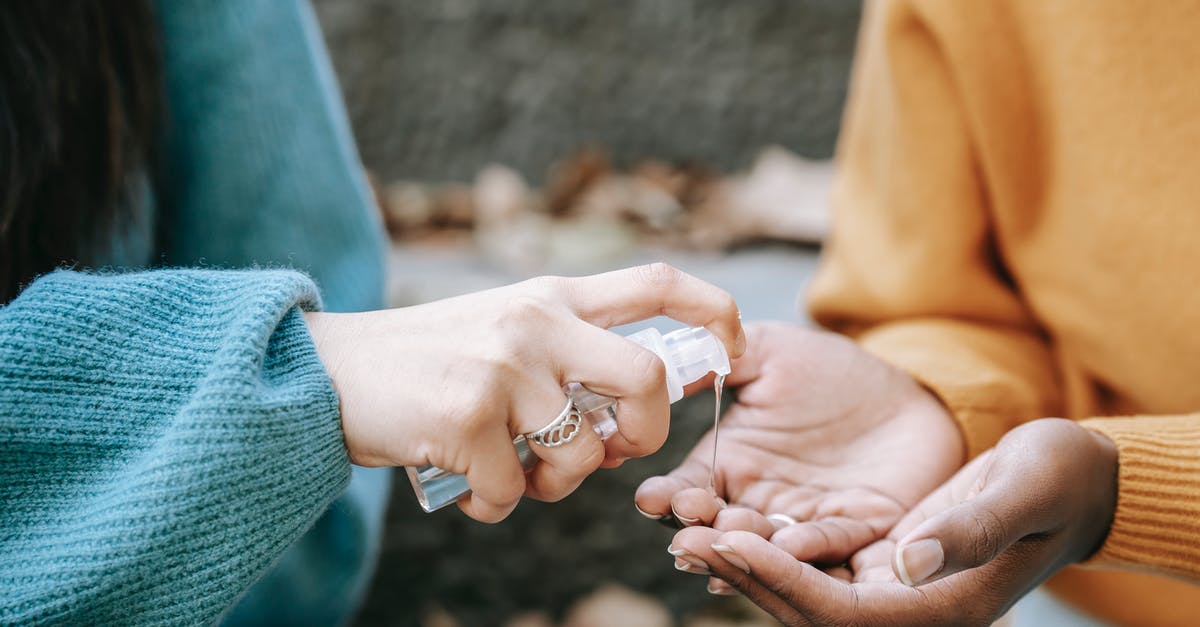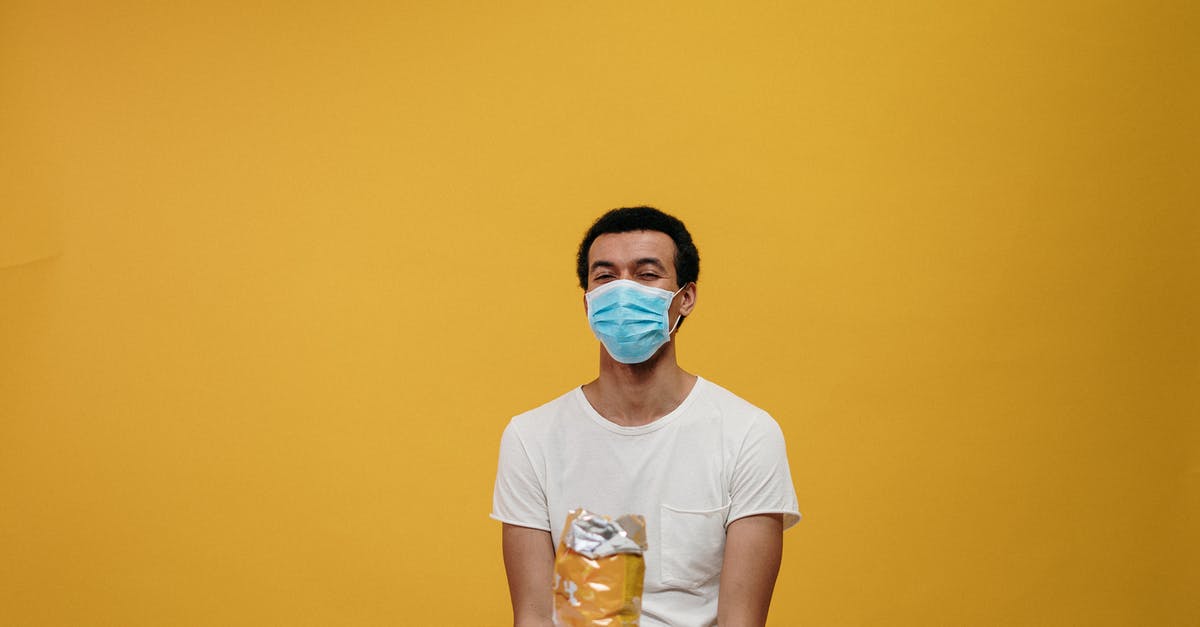Help! What have I made? Is it safe to eat?

Ok so here’s the problem, I have an instant pot that has a yogurt setting.
The first time I made it I just added some heavy cream and half and half milk with a couple generous tablespoons of yogurt, I pressed the yogurt button and put the lid on and left it. It turned into very delicious yogurt that almost had a sweet taste to it.
I discovered after that the yogurt I had used for the starter didn’t list the ingredients as active bacteria. So I was concerned that perhaps my yogurt was just cream that has thickened from heating.
I decided instead of using existing yogurt for my starter I would purchase cultures for health Greek yogurt starter and I used 2 litres of homo 3.5% milk. Before I began the process I went through a sterilization process of my instant pot which used some lemon juice and vinegar in an attempt to get rid of any nasty bugs that might be present from regular cooking in it. I then began the yogurt cycle on my instant pot after thoroughly drying the pot with paper towels(discovered after it should have air dried). Then I added the milk and waited and waited and waited for the instant pot to bring the milk up to temperature...I had pressed the yogurt button and every time I checked it the yogurt would be a couple of degrees warmer.
After two hours of this and the temp only getting to 93F, I decided enough of this and I put my instant pot on sauté and I brought the temp up to 165 F then I took the pot and put it into an ice water bath and stirred it until the temp dropped to 110F at which point I stirred in the white powder from the little packet and put the instant pot back on and I pressed the yogurt button and just left it to do its magic. When I got back to it the machine had shut itself completely off but I noted that the inner liner was still quite warm to the touch. I then tried the spoon test to see if it would stand up and sadly it didnt and appeared quite liquidity and had a really sour smel to it. I then dumped it into my new mesh strainer and put the lid on and put it in the fridge, I took the remaining yogurt as is and just put it into a glass container with a lid.
I did have a taste of the yogurt and it tasted really sour almost like some sort of cheese I was thinking. I have not figured out how much “yogurt” I will have remaining once the whey has been strained from it. Now I’m wondering what exactly is it that I’ve made and is it safe to eat? I did discover that I had inadvertently used UHT milk.
Best Answer
It sounds like you may have made paneer. Rubbing undiluted lemon juice and vinegar on the pot, then drying it without rinsing, would leave a significant amount of acid dried on the surface. That acid dissolved into the milk, curdling it.
If so, it's safe to eat. Generally paneer is rinsed after curdling to remove the acidic taste.
Pictures about "Help! What have I made? Is it safe to eat?"



How do I know my food is safe to eat?
Food is safely cooked when the internal temperature gets high enough to kill germs that can make you sick. The only way to tell if food is safely cooked is to use a food thermometer. You can't tell if food is safely cooked by checking its color and texture (except for seafood).Can you cook food to make it safe?
Aim for an internal temperature of 75 \xb0C or hotter when you cook food. Heating foods to this temperature kills most food poisoning bacteria. Use a thermometer to check the internal temperature of foods during the cooking process. Cook mince, sausages, whole chickens or stuffed meats right through to the centre.What are unsafe foods?
unsafe food means food that may cause illness or physical harm if consumed, e.g. food contaminated with pathogenic (food poisoning) bacteria or food that has inadequate allergen information; Sample 1.What processed foods to avoid?
Here are some common examples of processed foods you should be wary of and the less-processed alternatives you can swap them for.- Hot dogs, sausages, bacon and other processed meats. ...
- Cereal bars and granola bars. ...
- Flavoured and coated nuts. ...
- Frozen and microwave ready meals. ...
- Microwave and ready-made popcorn. ...
- Instant noodles.
What Will Happen If You Eat Nothing for 7 Days
Sources: Stack Exchange - This article follows the attribution requirements of Stack Exchange and is licensed under CC BY-SA 3.0.
Images: RODNAE Productions, cottonbro, Charlotte May, cottonbro
